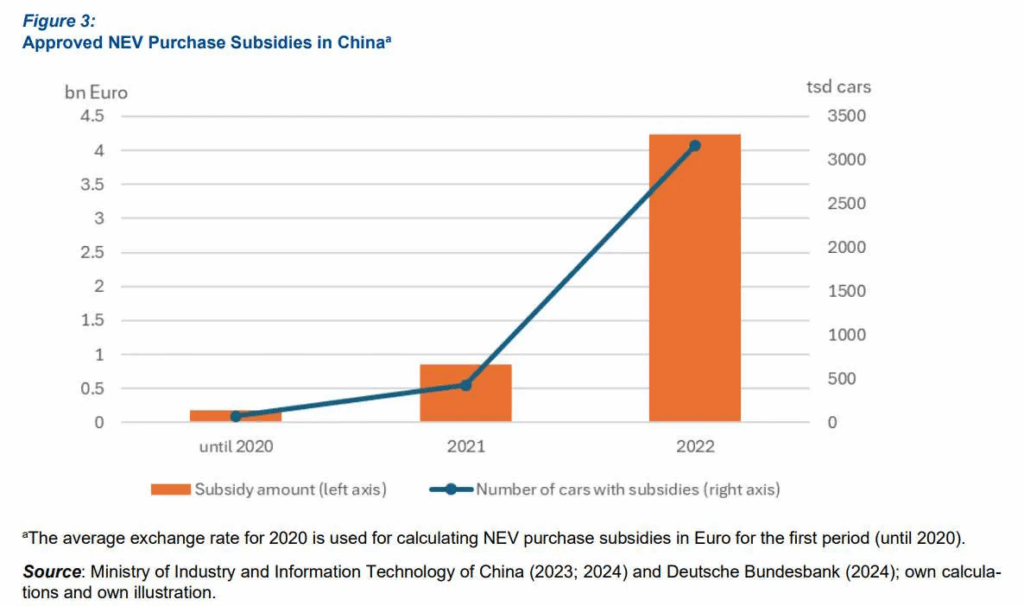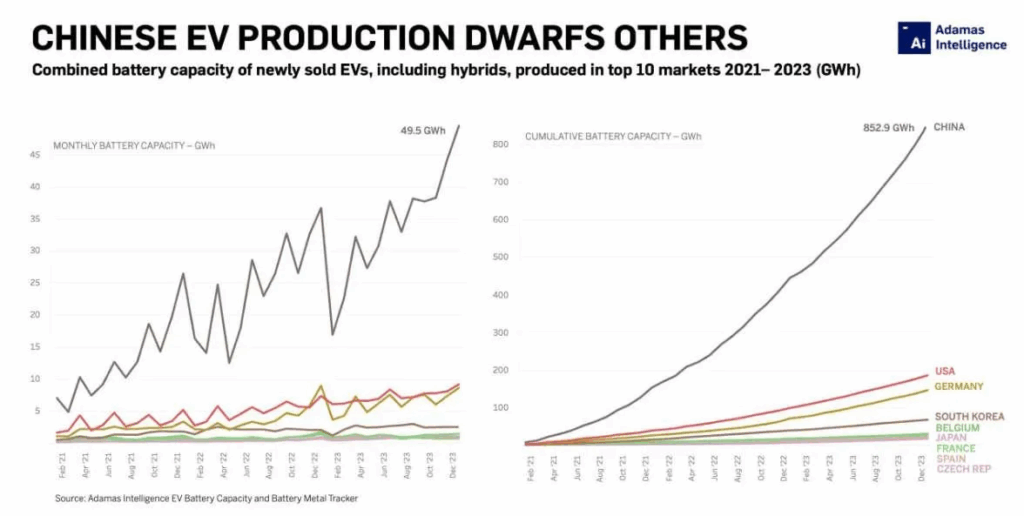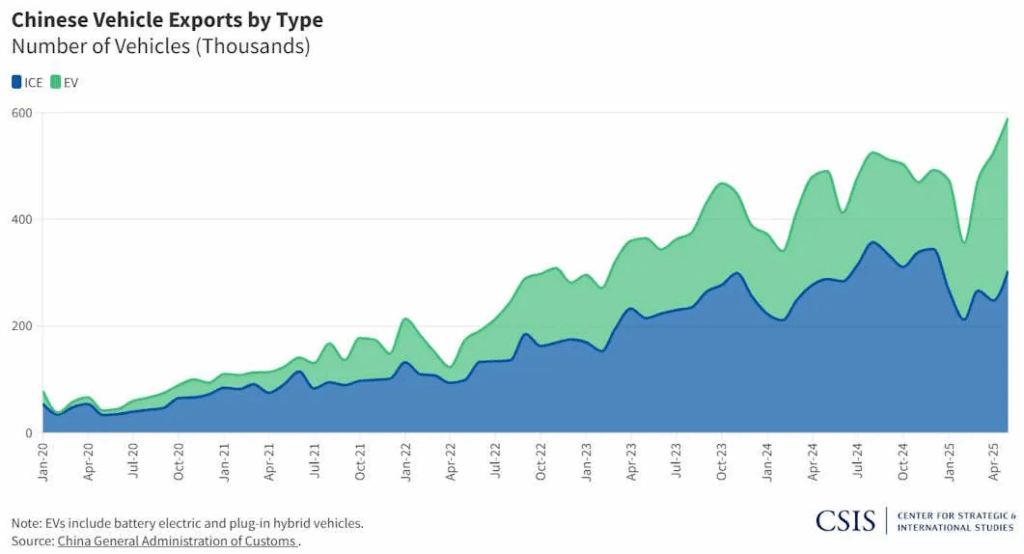The main purpose of this ongoing blog will be to track planetary extreme, or record temperatures related to climate change. Any reports I see of ETs will be listed below the main topic of the day. I’ll refer to extreme or record temperatures as ETs (not extraterrestrials).😜
Main Topic: China Is Quietly Saving the World from Climate Change
Dear Diary. I have to admit that I’ve noticed that the boogeyman of authoritarianism can work favorably in association with the climate crisis…that is if we see leaders like President Xi of China give the correct orders. In the United States we have a president in Trump that wants to become an authoritarian who is doing his level worst to undo our climate. Even Xi of China is not doing enough by shuttering coal fired plants fast enough to make a huge difference with atmospheric CO2 levels, but at least he is full on board with manufacturing renewable energy hardware to be distributed across his country and around the world.
Democracies have proven to be quite fickle when it comes to trying to fix our climate. We see this across Europe where one year countries can be fully behind the 2015 Paris Accords and the next balking at the treaty. And of course, here we recently had Biden who managed to pass part of the Green New Deal in the Inflation Reduction Act only to be torn apart by Trump after one democratic election. This is not to write that life itself is better among fascistic authoritarian regimes. People there lack freedom and are under the heavy-handed rule of their governments. Quality of life polls indicate that people are happier in democracies. If only they would consistently do right for our environment. Tisk Tisk.
Here is more on green trends from China from Noahpinion:
China is quietly saving the world from climate change
China is quietly saving the world from climate change
Giving credit where credit is due.
Sep 15, 2025

The People’s Republic of China is still the world’s biggest single source of environmental harm. China overfishes the world’s oceans, blasts mercury and nitrous oxide and other pollutants into the atmosphere, and dumps plastic waste into the sea. It has made progress on many of these problems, but when you’re the biggest global manufacturer, it’s very hard not to also be the biggest global polluter.
China’s most devastating environmental impact has been its emissions of greenhouse gases. Thanks to its unprecedented use of coal, China releases more carbon every year than the United States and Europe combined:

And yes, this is true even after you account for offshoring of emissions. China is also the world’s leading emitter of other greenhouse gases — methane, nitrous oxide, F-gases, and so on. Historically, China has only accounted for 15% of total carbon emissions, but its share is rising quickly.
Unless China decarbonizes, there can be no victory over climate change, and the planet will roast. This is not a moral statement, but a simple fact.
There are two ways to decarbonize: 1) degrowth, and 2) green energy. None of the proponents of degrowth are asking China to stop growing its economy1, and it wouldn’t matter if they did; China has no intention of slowing its growth in order to save the rest of the planet from climate change.
In fact, the same is true of the developing world. India, Southeast Asia, Africa, the Middle East, and Latin America aren’t going to impoverish themselves in order to save the climate. The only way for these countries to grow their economies without roasting the planet is to replace coal and oil with solar and batteries — or to grow rich using solar and batteries in the first place, skipping the fossil fuel stage entirely.
The only way this is ever going to happen is if solar power and batteries (and other green technologies) are really, really cheap. China, India, and the rest will not adopt these technologies because Greta Thunberg tells them to. They will only switch to green energy if it’s cheaper to do so.
So if we want to save the world from climate change, the only really effective way to do this is to make green energy as cheap as possible.
How do we make green energy cheap? In the past, this meant doing a bunch of scientific research, in order to drive breakthroughs in our understanding of solar and batteries. But although that research continues, and is still important, there has been a major shift; now, cost decreases come mostly from scaling effects. This is from an MIT News report on a paper by Kavlak et al. in 2018:
The relative importance of the factors [driving down solar costs] has changed over time, the study shows. In earlier years, research and development was the dominant cost-reducing high-level mechanism, through improvements to the devices themselves and to manufacturing methods. For about the last decade, however, the largest single high-level factor in the continuing cost decline has been economies of scale, as solar-cell and module manufacturing plants have become ever larger.
You can visualize this cost decline with a scaling curve, which shows how costs go down as the volume produced goes up:

Similar curves exist for batteries. These are all specific instances of something called Wright’s Law, which says that the more you build of something, the cheaper it gets. Not every physical technology follows Wright’s Law, but solar, batteries, and many other green technologies do follow it.
This is why for many years, I wrote that the best way for the U.S. to defeat climate change was to scale up the production of solar power, batteries, and other green technologies. The Inflation Reduction Act, with its subsidies for green energy and electric vehicles, was a victory for my desired approach.
Except that victory was far too modest and short-lived. The IRA was good, but it wasn’t transformational on a global scale. And because the Republican Party has made opposition to green energy a pillar of their ideology, the Trump administration and the GOP Congress are now canceling and obstructing solar plants and battery factories, even though that will make energy more expensive for Americans.
America has abdicated the fight against climate change.
But that doesn’t mean the strategy I advocated for defeating climate change was a bad idea. In fact, it’s still going to work! It just won’t be America that executes that strategy. It will be China. In fact, it already is.
China has long subsidized the production of solar cells and wind turbines. In recent years it has also lavished enormous subsidies on the electric vehicle industry:

Source: Bickenbach et al. (2024)
Xi Jinping has emphasized electric vehicles, batteries, and renewable energy as the “new three” — the core of the “new productive forces” reshaping global technology and power. Whether or not he’s right about that (and I think he is), his focus on green technology suggests that although some subsidies have been pulled back, China will continue to focus on promoting these technologies.
In addition to these subsidies, China has applied its typical strengths — cheap bank loans, integrated supply chains, copious engineering talent, and wage suppression — to the scaling of green tech manufacturing. As a result, China now dominates global solar panel production:

And China now accounts for over 70% of all the electric car production on the planet, and production is still soaring:

China is achieving similar dominance in wind turbines, industrial electrification technology, heat pumps (to a lesser extent), and so on.
All of this green technology production is helping to finally curb China’s apocalyptically high emissions levels — just as advocates of green growth have always predicted it would. Green energy is starting to displace coal in China in both electricity production and industrial heating, leading to a plateau and even a small reduction in Chinese emissions over the last year or two:2

This trend needs to accelerate a lot, but China is still scaling up green technologies, so I’m pretty hopeful that it will. In the meantime, just making Chinese emissions plateau is an incredibly impressive accomplishment.
But in fact, China is doing a whole lot more than just curbing its own emissions — it’s helping the developing world to grow without ever emitting a lot of carbon in the first place. China is exporting huge amounts of green technology to developing countries:

Most of these panels are going to Africa, the Middle East, and Pakistan:

Source: Ember Energy
China’s exports of EVs are also soaring:

An increasing number of these are going to developing countries as well, as the U.S. and EU erect trade barriers against Chinese EVs.
Again, it’s crucial to remember that developing countries are buying all this green tech not because of morality, or even because of self-preservation (since whether they decarbonize or not has very little effect on global emissions). They’re buying all this green tech because it’s cheaper than fossil fuel tech.
China is what made green energy cheap. Yes, part of this is subsidies. But a lot of it is just good old scaling laws — China produces in such vast quantities that costs keep getting driven down and down across the board. The scaling laws still work, and China is the undisputed master of physical scaling.
What this means is that China is executing the strategy I’ve long advocated for saving the world from climate change. While U.S. energy policy dithers and shoots itself in the foot over ridiculous culture wars, China’s dogged industrial policy and peerless manufacturing prowess has made green energy so cheap that simple economics are going to take over from here.
I’m generally known as a harsh critic of the Chinese government, and of Xi Jinping’s leadership in particular. But in this case, I think we have to give credit where credit is due. The United States — the country that defeated the Axis, fed the world with the Green Revolution, and did so much to promote global growth and technological progress over the last century — has utterly dropped the ball on the biggest environmental challenge of our age. Instead, the threat will be met and defeated by China, and — more than any other single individual — by Xi Jinping himself. That’s no small accomplishment.
China’s success in battling climate change should also provide various doomers and pessimists with a reason for hope. It’s easy to fall into the trap of thinking of all the world’s problems as aspects of a single “polycrisis”. But the truth is that problems often don’t reinforce each other; sometimes, they cancel each other out. The Second China Shock — the wave of heavily subsidized manufactured exports that is now threatening to deindustrialize many countries around the world — is certainly a threat to many nations’ domestic industries. But at the same time, that wave of exports is doing a huge amount to help fight climate change.
Personally speaking, I wish America had been the country to save the world from climate change. I wish democracy had proven more effective than autocracy at meeting a global environmental threat. But at this point I’ll take what I can get.
1 Because degrowth is thinly veiled anti-Westernism.
2 Note that this reduction is not shown on the chart at the top of the post, which ends in 2023.
Here are more “ETs” recorded from around the planet the last couple of days, their consequences, and some extreme temperature outlooks, as well as any extreme precipitation reports:
Here is More Climate News from Monday:
(As usual, this will be a fluid post in which more information gets added during the day as it crosses my radar, crediting all who have put it on-line. Items will be archived on this site for posterity. In most instances click on the pictures of each tweet to see each article. The most noteworthy items will be listed first.)